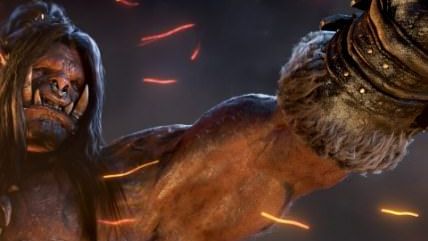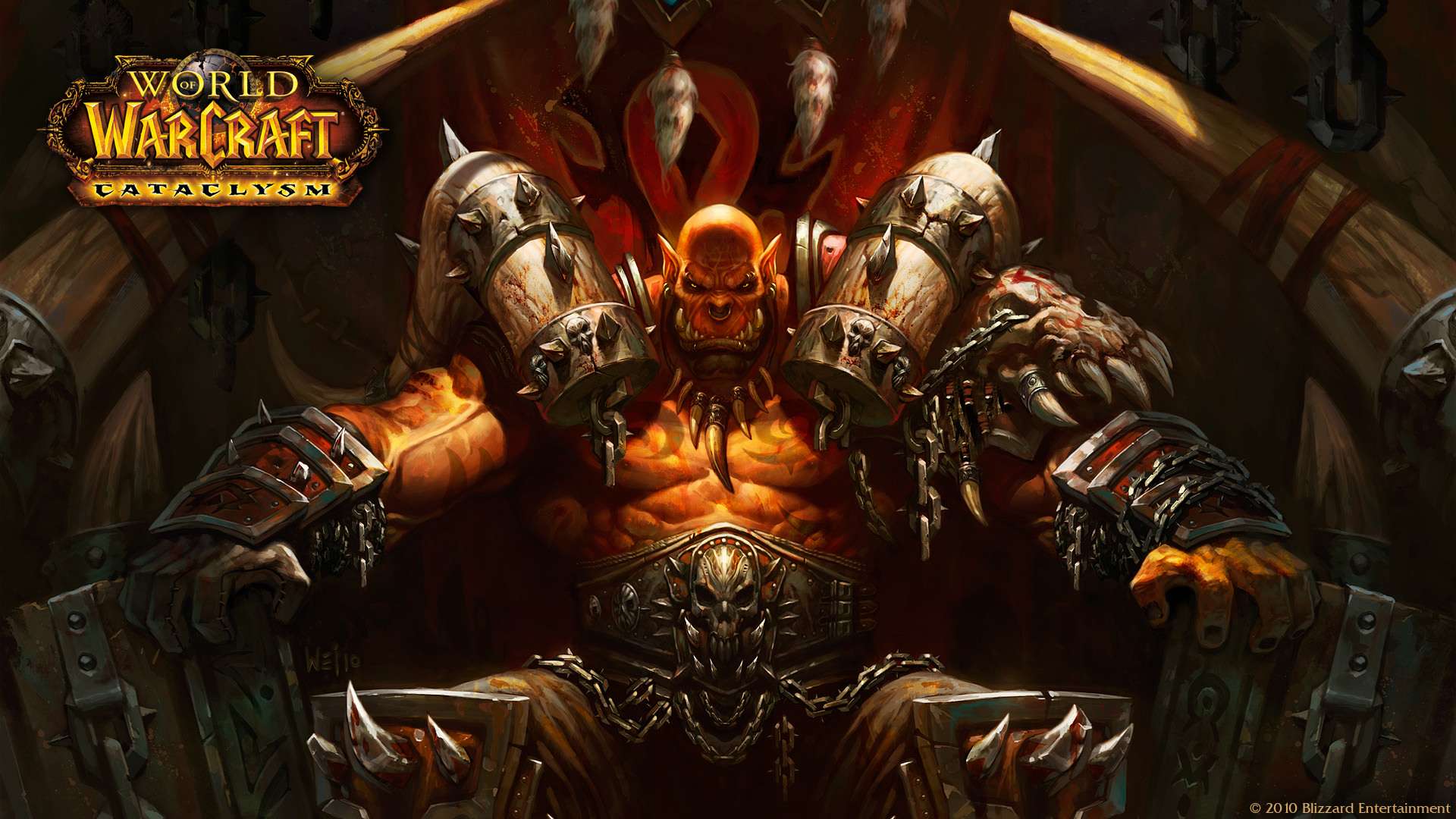Ten Years After World of Warcraft, We've All Become Gamers
An accessible game led to an accessible culture.


There are people who have never set virtual foot in the imaginary world of Azeroth who know who Leeroy Jenkins is. Jenkins was the character name of a World of Warcraft player who hilariously ruined all the meticulous planning of a dungeon fight by running in headlong, shouting his own name. The recording of the incident, 10 years ago, went viral at a time when even the concept of "going viral" was completely new. YouTube itself just celebrated its 10th anniversary in February.
As World of Warcraft settles into its 11th year of existence it's no longer the top dog of the online gaming industry (arguably that would be League of Legends), but it still boasts millions of players and paying subscribers. Entertainment Weekly has a lengthy culture piece exploring some of the background and pop culture impacts of the game. World of Warcraft turned us all into gamers. Or rather, it helped us all realize that we already were:
When it launched more than 10 years ago in 2004, the online game couldn't have been further from the mainstream. Though other role-playing fantasies set in immersive online worlds populated by real people certainly existed, they were niche pastimes, technical achievements enjoyed by players who numbered in the tens of thousands.
World of Warcraft would be different, a freak of nature that at its eventual peak drew 12 million players into the vast online world of Azeroth—and one that, 10 years later, still regularly welcomes more than 10 million people to its digital shores. Over the course of its life span, World of Warcraft has woven its way into the fabric of pop culture in a manner few videogames have outside of Super Mario Bros. It has been referenced on sitcoms like How I Met Your Mother, spoofed by South Park, and employed to pay tribute to the late Robin Williams. The game has introduced people who became lifelong friends, married couples, and proud parents. A culture sprang up around it, complete with memes and in-jokes all its own.
Okay, maybe 12 million players worldwide seems actually kind of small in the context of the world's 7.135 billion population. More than 110 million people watched the most recent Super Bowl. But you also have to take into account people coming and going into the game's monthly subscription-based participation program (I joined up when the game first launched in 2004 and quit for good some time after its third expansion a few years ago). Churn makes the total number of people who have ever played the game much higher.

The bigger issue is that everybody knows what World of Warcraft is. What the game helped accomplish is stripping off the idea that these genre-based role-playing games were esoteric hobbies for a particular demographic group that required intense commitments. World of Warcraft made it easy to play and easy to set aside (but also easy to lose oneself in, thus leading to more fretting about video game addiction). It came hot on the heels of the successful film adaptation of the Lord of the Rings trilogy, which turned a series of novels beloved by genre enthusiasts into a massive spectacle everybody could enjoy.
Despite being an extremely expensive, high-profile, big studio game, World of Warcraft's insistence on accessibility is what has fundamentally altered the nature of the industry, and its success has arguably helped lead to a game environment that has become extremely open to all comers. Of course, massive advances in communications technology—both smart phones and cheap high-speed Internet—played just as big a role.
While no game has beaten World of Warcraft on its own terms and probably never will, instead we now have a game industry that no longer has to treat itself as an entertainment subculture obligated to forever target one particular demographic. As I've noted previously when writing about video games, they were never, ever truly some little subculture in America (or in Japan). Ever since they were first introduced to the consuming public they were widely embraced. The various media formats in which games have been presented have had their ups and downs (RIP arcades!), but the popularity of video games themselves have not waned.
What World of Warcraft helped do is tear down the weird, imaginary wall that separated games from other elements of pop culture. Sure, we've had colorful characters like Pac-Man and Mario as "ambassadors" of sorts. But the success of World of Warcraft preceded a massive blowing up of game culture in the best possible way, bringing us everything from casual phone games, select indie projects designed to appeal to particular kinds of gamers, and every game possibility under the stars. There's a game out there for everybody. Probably dozens of them, actually. And If somebody said they'd never heard of games like World of Warcraft or Candy Crush, you'd probably think there was something odd about them, even if you've never played either game.


Show Comments (79)